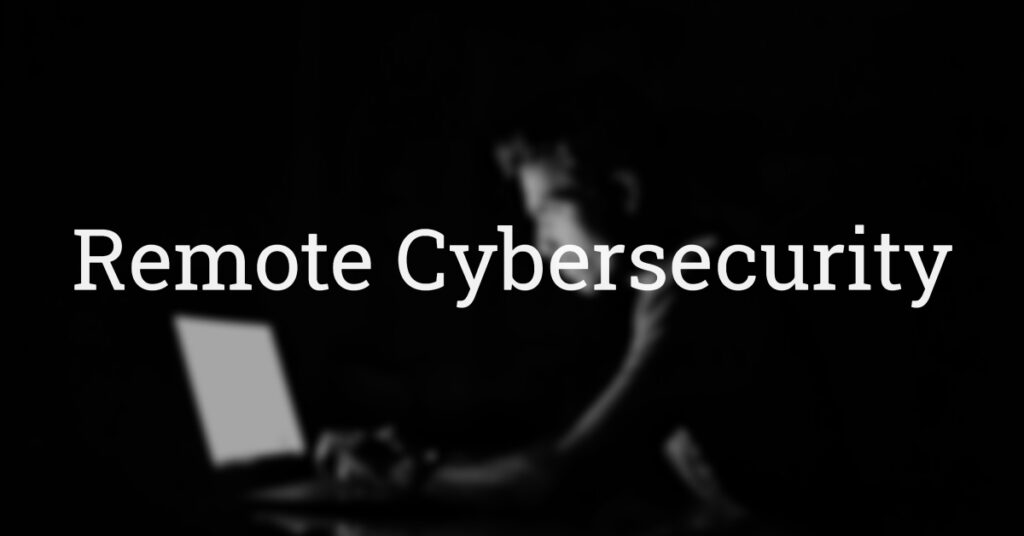How do you improve remote cybersecurity? Here are three steps you can take to harden the cybersecurity of your remote business operations.
Remote Cybersecurity: Anti-virus & Anti-malware
Installing trusted anti-virus and anti-malware software is the first step towards bulletproof remote cybersecurity. Windows users can easily enable Windows Defender and set custom controls. Additional commercial software, like McAfee, adds extra security protection. Mac users can download AVG anti-virus and, for additional anti-malware protection, I recommend Sophos.
Remote Cybersecurity: Data Backups
Bulletproof remote cybersecurity requires maintaining backups of your data. This is often the only way to recover after a significant cybersecurity attack. According to Nationwide, up to 68% of small businesses do not have a disaster recovery plan. Creating a duplicate copy of your data can be easy when you utilize a commercial device or the cloud. I recommend that you make sure two-factor authentication is enforced to protect your backups.
Remote Cybersecurity: Encryption
Encryption adds to remote cybersecurity by protecting data in the case where the device is stolen. There are many encryption options available with varying levels of security. Microsoft users can utilize the BitLocker disc encryption tool with XTS-AES 128-bit device encryption, or use management tools to increase security by using compliance grade XTS-AES 256. For Apple, I recommend using FileVault which provides XTS-AEA 128 bit encryption with a 256-bit key to prevent unauthorized access.
More Ways to Improve Remote Cybersecurity
In addition to these three steps, there are many more ways businesses can improve their remote cybersecurity. See what I have to say about FAQs from small business owners about remote cybersecurity.

